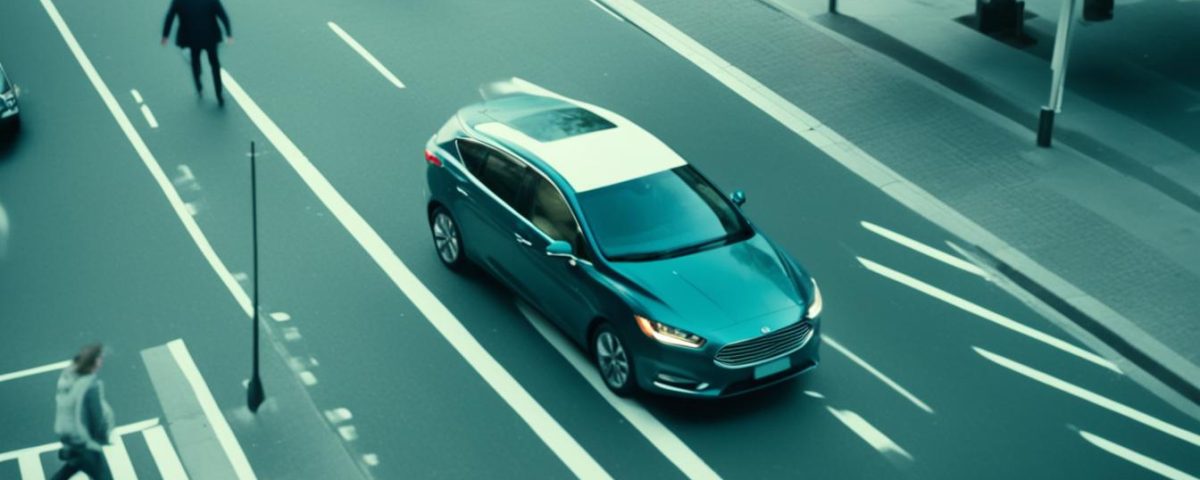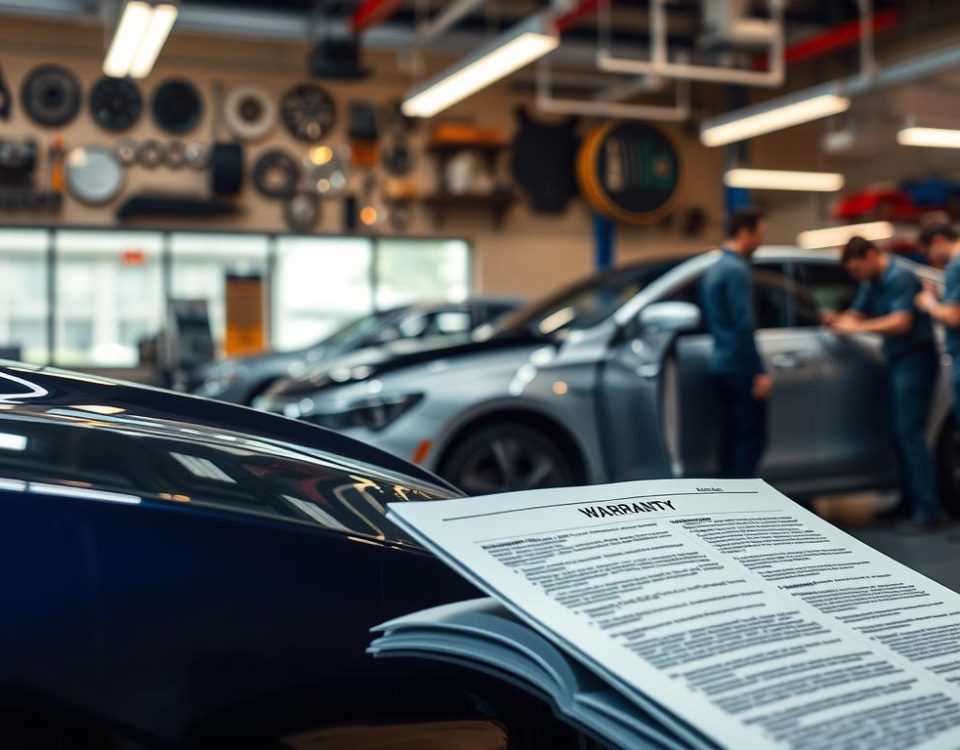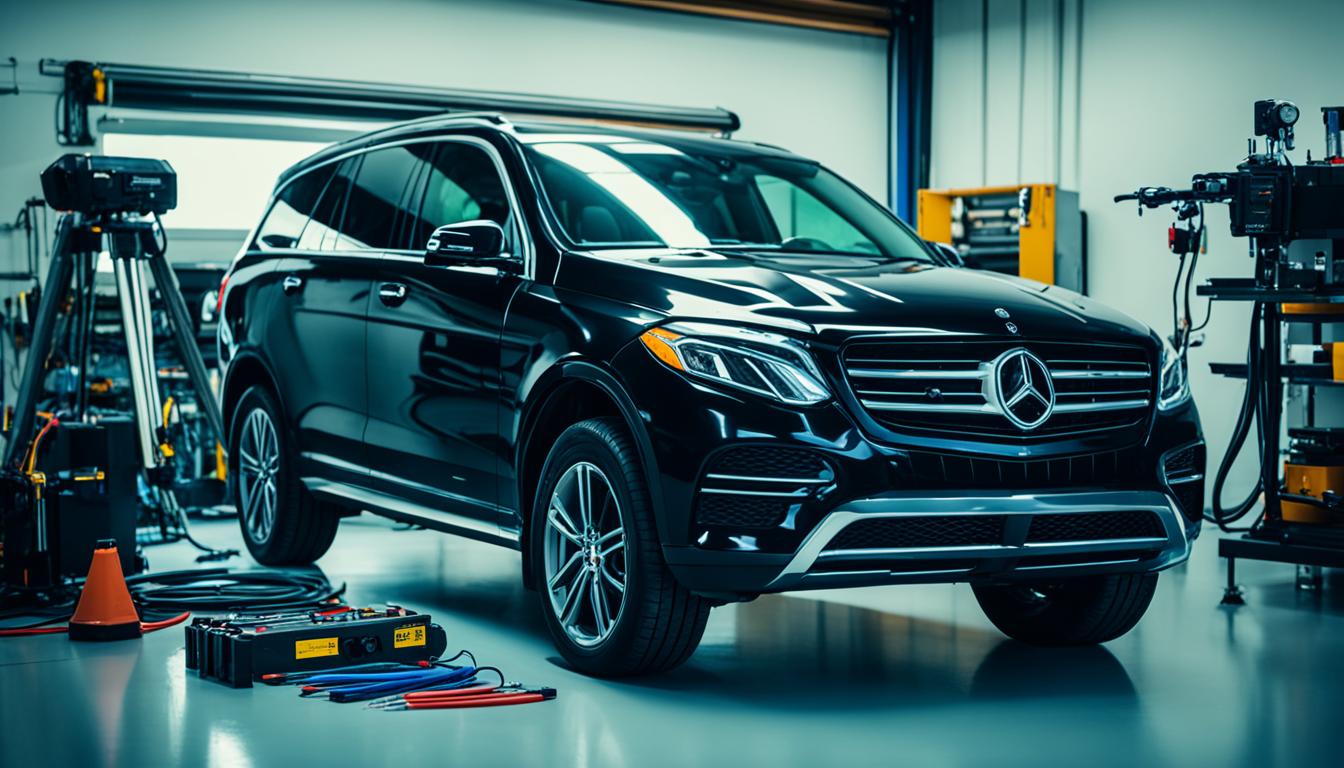
ADAS Calibration: Ensuring Your Vehicle’s Safety Systems Work Properly
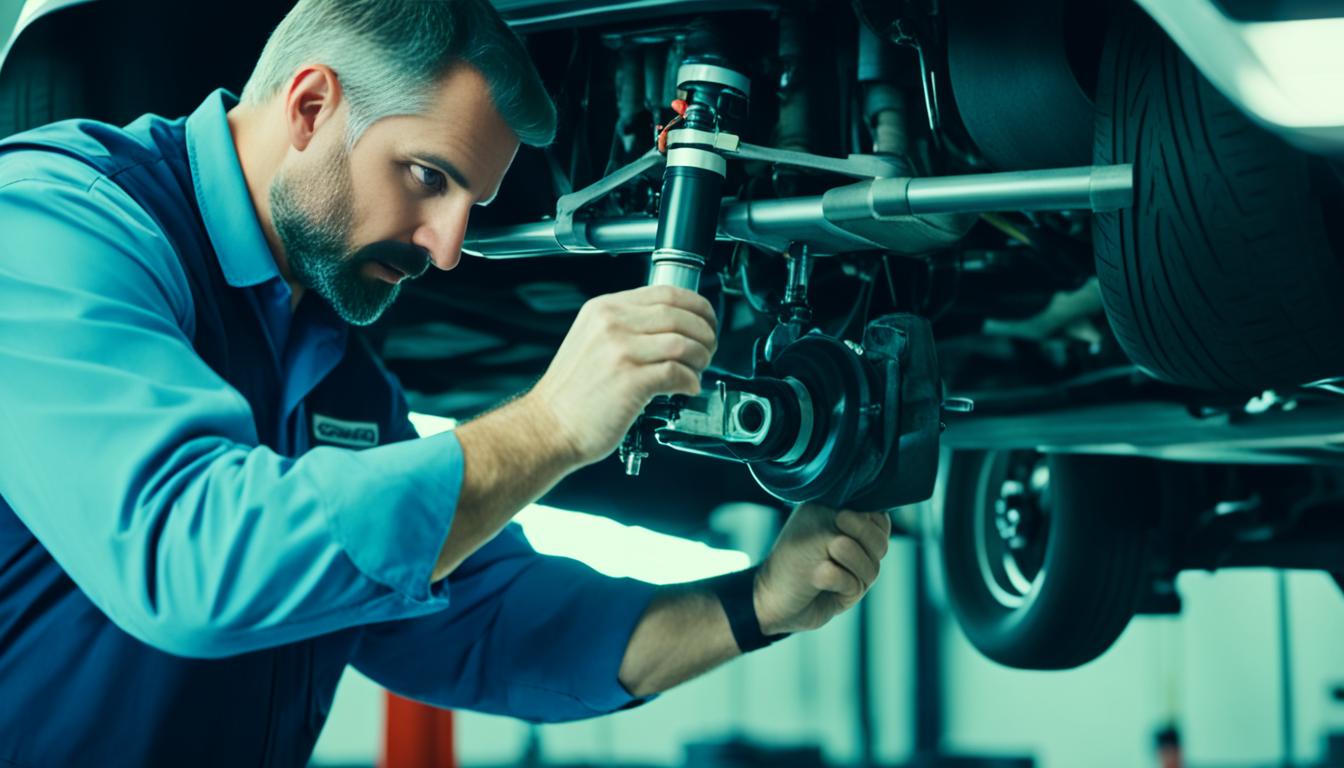
Identifying and Repairing Suspension Damage
According to the Texas Department of Transportation (TxDOT), the most common causes of crashes in Texas are speeding, failure to yield, driving under the influence of alcohol, following too closely, and running red lights and stop signs. TxDOT provides essential tips to help us all contribute to creating safer roads and avoiding collisions.
Key Takeaways
- Slow down and drive to conditions to prevent speeding-related accidents.
- Maintain a safe following distance to avoid rear-end collisions.
- Look both ways before entering intersections to yield the right-of-way.
- Never drive under the influence of alcohol or drugs.
- Wear seatbelts to protect yourself in the event of a crash.
Defensive Driving Strategies
Driving safely is crucial to preventing accidents and protecting ourselves and others on the road. At the heart of driving safety are defensive driving strategies that help us anticipate and respond to potential road hazards. Let’s explore three key defensive driving techniques that can significantly enhance driving safety.
Slow Down and Drive to Conditions
One of the most important defensive driving strategies is to adjust our speed to match the current road and weather conditions. When the roads are wet, icy, or visibility is limited, it’s essential to slow down and drive more cautiously. This allows us to have better control of our vehicle and have more time to react to any unexpected events.
Maintain a Safe Following Distance
Maintaining a safe following distance is another crucial defensive driving technique. We recommend keeping at least a three-second gap between our vehicle and the one in front of us. This provides ample time to react and stop safely if the driver ahead of us needs to make a sudden stop, reducing the risk of rear-end collisions, a common road hazard.
Look Both Ways Before Entering Intersections
Before entering an intersection, it’s critical to take a moment to look both ways to ensure that no one is running a red light or stop sign. Intersection-related crashes are a leading cause of driving safety incidents, so this simple habit can go a long way in accident prevention.
By incorporating these defensive driving strategies into our daily driving habits, we can significantly enhance our driving safety and reduce the risk of collisions on the road.
Road Safety Tips for New Drivers
As new drivers embark on their driving journey, it’s crucial to develop the right attitude and mindset towards operating a vehicle. Responsible driving habits not only protect the driver but also ensure the safety of others on the road. By following these essential road safety tips, new drivers can navigate the highways and byways with confidence and care.
Develop the Right Attitude About Driving
Driving is a privilege, not a right. New drivers must understand the immense responsibility that comes with operating a motor vehicle. They should make a firm commitment to safe and responsible driving, recognizing that they are in control of a powerful machine that can have devastating consequences if mishandled. Cultivating a mature and focused attitude is key to avoiding new driver safety pitfalls.
Get Supervised Practice Driving
According to the Insurance Institute for Highway Safety, many teen auto accidents are a result of attitude and maturity, not skills or knowledge. That’s why it’s crucial for new drivers to get as much supervised practice driving as possible, following their state’s graduated licensing laws. Driving with experienced parents or guardians allows new drivers to develop their skills and gain confidence in a controlled environment.
Limit Passengers and Night Driving
- Limit the number of passengers in the vehicle, as teen driving with peer passengers increases the risk of distraction and reckless behavior.
- Avoid driving at night whenever possible, as reduced visibility and fatigue can significantly impact a new driver’s ability to maintain control of the vehicle.
By adopting a responsible attitude, gaining supervised practice, and limiting high-risk situations, new drivers can navigate the roads with greater confidence and safety, reducing the likelihood of accidents and helping to protect themselves and others.
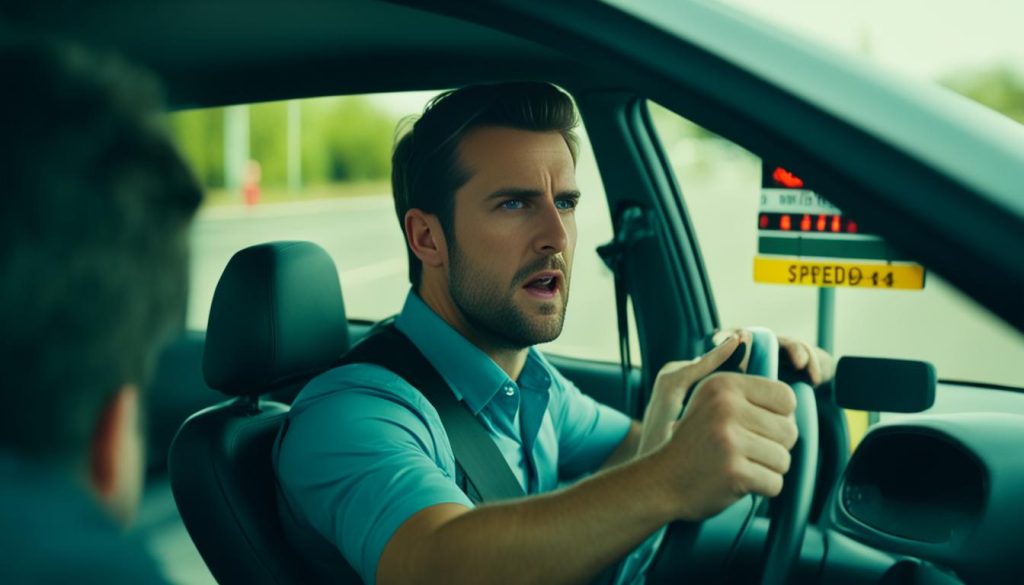
Avoiding Common Accidents
Accidents on the road can occur in various forms, from rear-end collisions to parked vehicle damage and single-vehicle incidents. As responsible drivers, it’s crucial to understand the common causes of these accidents and adopt preventive measures to enhance our safety and that of others on the road.
Preventing Rear-end Collisions
Rear-end collisions are one of the most frequent types of accidents. To prevent them, we must maintain a safe following distance, drive strategically to avoid sudden braking, and remain vigilant for distractions that can take our eyes off the road. By keeping a safe distance and anticipating the actions of the vehicles ahead, we can greatly reduce the risk of rear-end collisions.
Protecting Parked Vehicles
Parked vehicle damage can be a frustrating and costly experience. To minimize the risk, we should park in well-lit areas, away from heavy traffic, and in the center of a spot. This not only makes our vehicles less vulnerable to accidental collisions but also deters potential vandalism or theft.
Staying Safe in Single-Vehicle Accidents
Single-vehicle accidents, such as those caused by losing control of the car or hitting a fixed object, can have serious consequences. To stay safe, we must drive at appropriate speeds for the weather conditions, avoid distractions, and never operate a vehicle under the influence of alcohol or drugs. By maintaining our focus and respecting the limits of our vehicles and the environment, we can significantly reduce the likelihood of single-vehicle accidents.
By adopting these strategies and remaining vigilant, we can minimize the risk of rear-end collisions, parked vehicle damage, and single-vehicle accidents, ensuring a safer journey for ourselves and others on the road.
Parking and Reversing Safety
Parking and reversing your vehicle require careful attention to safety. To prevent parked vehicle theft, it’s crucial to take proactive measures. Never leave valuables in plain sight, always park in well-lit areas, and never leave your keys behind. When backing up, it’s best to avoid the need in the first place by parking in a way that allows you to pull through or back into a spot.
Preventing Parked Vehicle Theft
Safeguarding your parked vehicle from theft is essential. Follow these tips to deter potential thieves:
- Remove all valuable items from plain sight, even if they appear insignificant.
- Park in well-lit areas, preferably with security cameras or foot traffic nearby.
- Never leave your keys in the vehicle, even for a quick errand.
Backing Up Safely
Backing up your vehicle requires your full attention and caution. To ensure a safe reversing experience, follow these guidelines:
- Avoid having to back up whenever possible by parking in a way that allows you to pull through or back into a spot.
- If you must reverse, use the shortest, most direct route and go slowly while constantly checking your mirrors and surroundings.
- Refrain from any distractions, such as using your phone or adjusting the radio, to maintain complete focus on the task at hand.

By following these simple yet effective parking and reversing safety tips, you can minimize the risks of parked vehicle theft and ensure a smooth, safe backing-up experience.
Road Safety Tips
Maintaining safe driving practices is essential for protecting yourself and others on the road. Beyond defensive driving strategies and accident prevention techniques, there are several crucial habits to develop that can significantly enhance road safety.
Wearing Seatbelts
One of the most fundamental and effective safety measures is wearing seatbelts, whether you are the driver or a passenger. Seatbelts have been proven to dramatically reduce the risk of injury or fatality in the event of a collision. It is a simple yet vital step that can save lives.
Avoiding Distracted Driving
Distracted driving, such as using a cell phone, eating, or adjusting the radio, can have devastating consequences. It only takes a moment of inattention for an accident to occur. Keep your focus on the road and avoid any activities that could divert your attention from the task of safe driving.
Driving Sober
Driving under the influence of alcohol or drugs is a reckless and dangerous decision that puts yourself and others at risk. Impaired judgment and reaction time significantly increase the likelihood of a serious collision. Always make the responsible choice to find alternative transportation if you have consumed any substance that could impair your ability to drive safely.
- Wear your seatbelt to protect yourself in the event of a collision.
- Avoid distractions such as cell phones, eating, or adjusting the radio while driving.
- Never drive under the influence of alcohol or drugs, as it impairs your judgment and reaction time.
By adopting these simple yet essential road safety habits, we can all do our part to reduce the risk of collisions and keep our communities safe.
Conclusion
By incorporating the road safety tips outlined in this article, we can all contribute to creating a safer driving environment for ourselves and others. From defensive driving strategies to avoiding common accidents and maintaining responsible habits behind the wheel, these best practices can help reduce the risk of collisions and keep our roads secure.
Remember, safe driving is a shared responsibility, and by working together, we can make a meaningful difference in road safety. If you have been in a collision and need collision repair services, consider reaching out to Miracle Body and Paint, a trusted provider of high-quality auto body work.
By following the guidelines presented here, we can all play a crucial role in promoting a safer and more secure driving culture. Let’s commit to being attentive, responsible, and proactive on the road, so that we can all enjoy a safer journey ahead.


